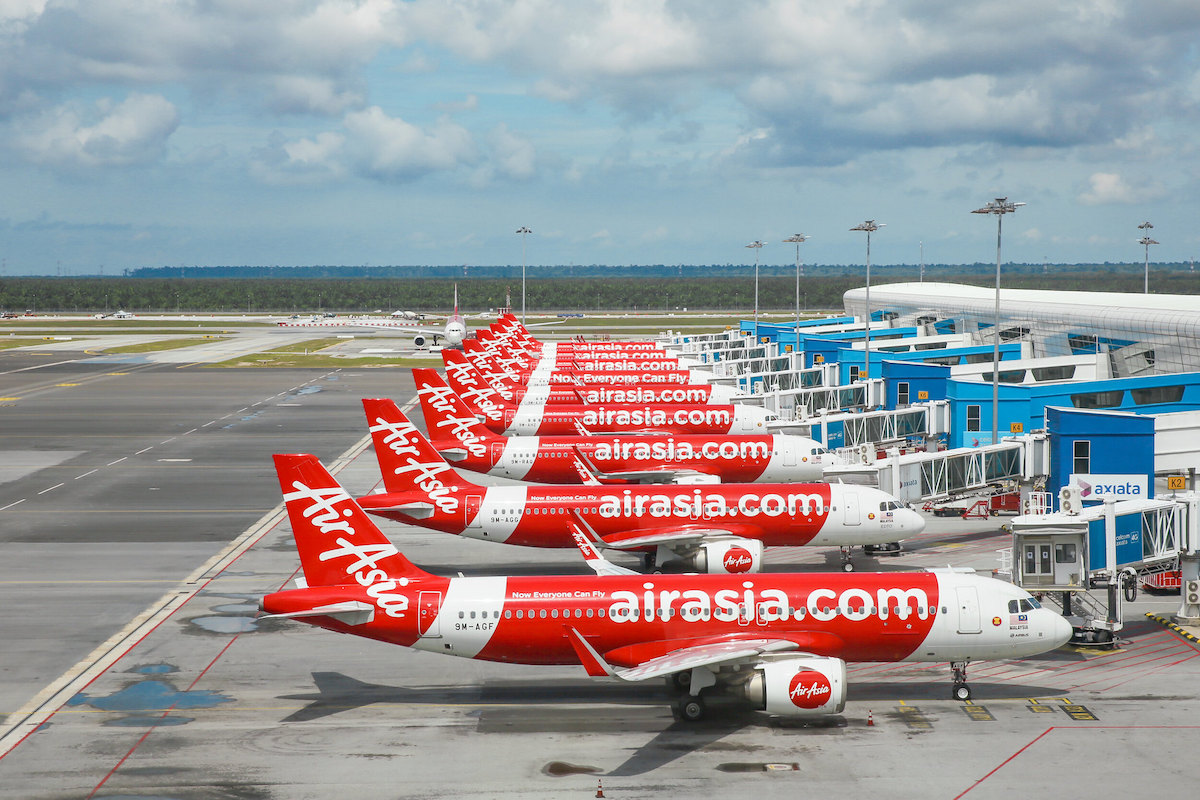Gone are the days of growth for growth’s sake at AirAsia. The Southeast Asian discounter is taking a much more disciplined approach to expansion after pandemic losses topped $2.7 billion.
“Now, we’re a lot more careful with our route selection,” AirAsia Group Head of Network and Regulatory Affairs Dilhan Haradasa said at the Routes World conference in Istanbul on Sunday. “We cannot afford to bleed money.”
He likened AirAsia’s previous network strategy to throwing darts at a wall: Some routes make money and “stick,” while others do not and fall away.
Chengdu, Honolulu, Tianjin, and Yogyakarta are among 27 destinations that AirAsia served in 2019 but has not returned to, Cirium Diio schedules show. This does not include markets served by AirAsia Japan that shut down in 2020, or AirAsia India that was sold to the Tata Group in 2022. Flights to some of these cities, for example the ones in China, may come back as travel rebounds. But the slower-than-forecast return of Chinese travelers has AirAsia, as Haradasa said, taking a careful look at where it flies.
Capacity at the group, which includes operations in Indonesia, Malaysia, the Philippines, Thailand, and soon Cambodia, as well as longhaul independent sibling AirAsia X, stood at 73% of 2019 levels in October, according to Cirium Diio.
AirAsia’s parent company, Malaysia’s Capital A, lost 12.9 billion Malaysian ringgit ($2.7 billion) from 2020 through 2022. And losses at AirAsia X forced it to restructure through the local equivalent of bankruptcy.
Capital A turned its first post-pandemic profit in the second quarter with earnings before interest, taxes, depreciation, and amortization (EBITDA) of $87 million.
The slow reopening of many East Asian countries, particularly China and Japan, after the pandemic hurt all of the region’s airlines. While few carriers closed their doors entirely, losses were deep, and several airlines restructured, including Hainan Airlines-parent HNA Group, Philippine Airlines, and Thai Airways. Among the failures was the Malaysian startup MyAirline on October 12.
Airline capacity in the region has similarly been slow to return. Seats in East and Southeast Asia are down roughly 6% from 2019 levels in October, Cirium Diio schedules show. That compares to down 32% last October.
AirAsia was flying around 83% of its 200-plane strong fleet, or 166 aircraft, at the end of June. It aims to reactivate its entire fleet by the end of the year but noted in August that the global shortage of spare parts and delays getting aircraft in for maintenance had postponed the return of all of its aircraft. AirAsia aims to resume growth next year with the arrival of nine leased A320neo-family aircraft plus additional planes from its 362-aircraft strong orderbook.
As planes have resumed flying, AirAsia has restored its network and also looked at pragmatic growth opportunities. That includes new routes in the fast-growing India market, and a newfound focus on partnerships.
The group has added two new markets in India since the pandemic — Guwahati and Lucknow — and is looking at additional growth, Haradasa said. Limits on the number of flights to India’s primary cities — Delhi, Kolkata, Mumbai, and a few others — from Southeast Asia under existing bilateral agreements bar AirAsia from entering those markets, which leaves it to eye the country’s second- and third-tier cities.
Partnerships, Haradasa said, include ones with local organizations that support new air service. He cited markets in Australia as being good at this with airports joined by local tourism authorities and business groups to support new flights.
Another example is AirAsia’s new pact with Indonesian budget airline Citilink. That partnership, a basic interline that Haradasa described as simply selling passengers “A + B” tickets — in other words, the advertised AirAsia and Citilink fares combined instead of as two separate tickets — as well as offering checked bag transfers, is a “testing ground” for future airline tie ups. The pact is the first for AirAsia outside of the carriers in its group, and could lead to new pacts with more airlines if it is a success, he said.
AirAsia Cambodia is set to launch in December pending certification of the airline’s first two aircraft in the country, Haradasa said. The planes, Airbus A320s, will come from the group’s existing fleet. New flights from Phnom Penh to major cities in Southeast Asia are planned.





